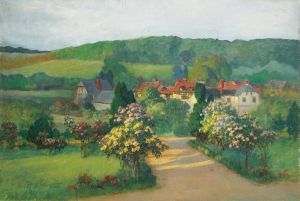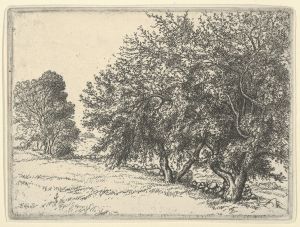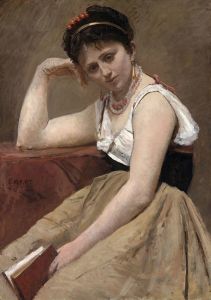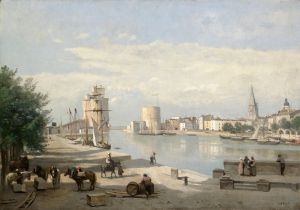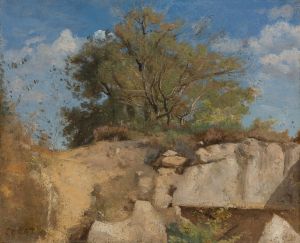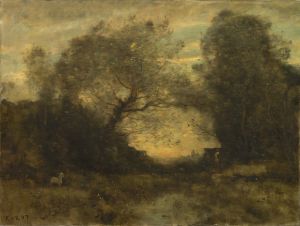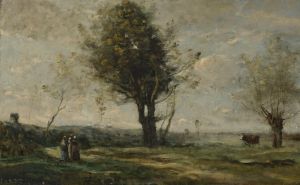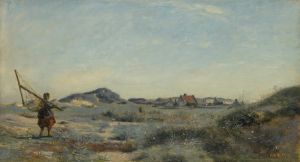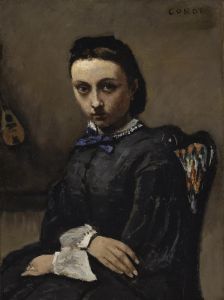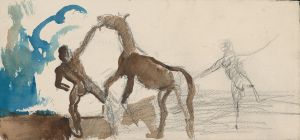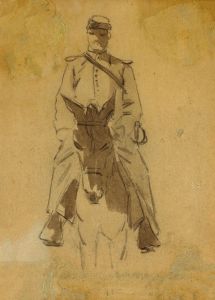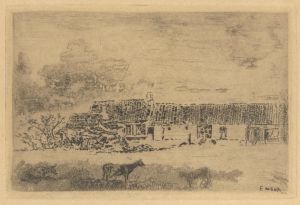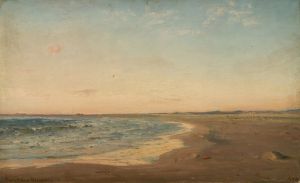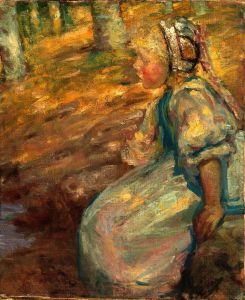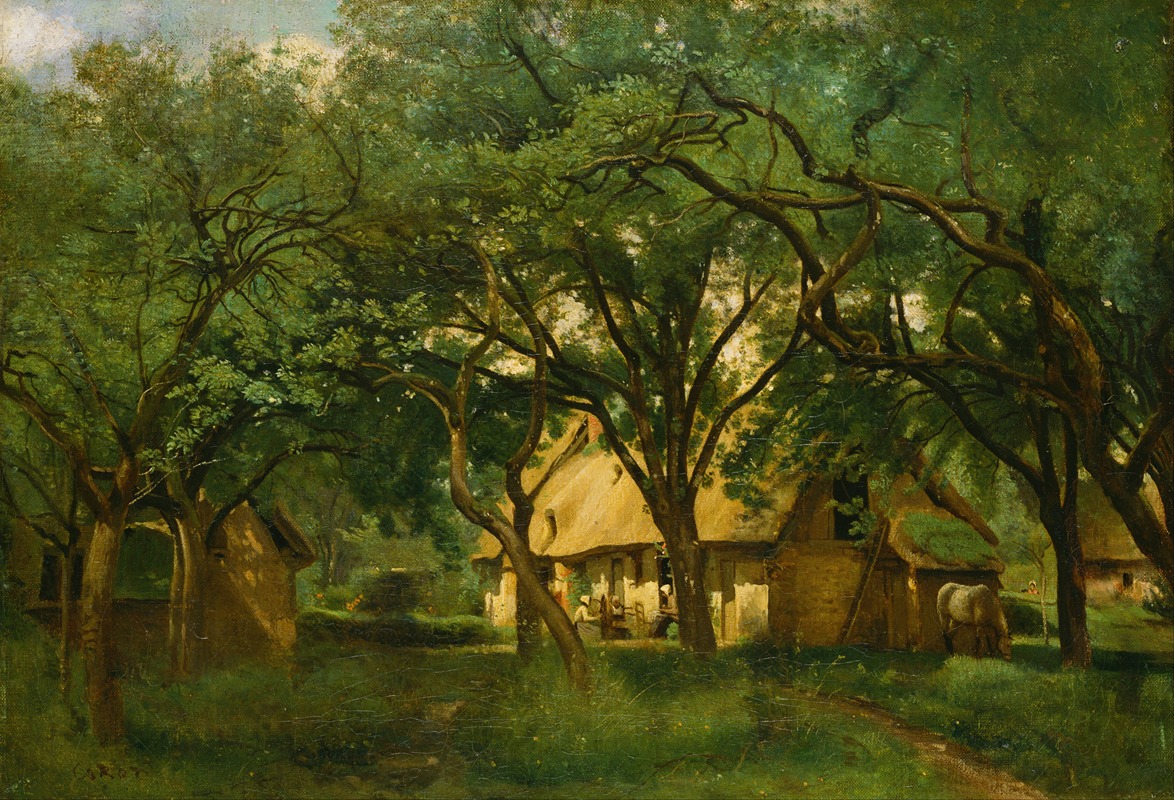
The Toutain Farm at Honfleur
A hand-painted replica of Jean-Baptiste-Camille Corot’s masterpiece The Toutain Farm at Honfleur, meticulously crafted by professional artists to capture the true essence of the original. Each piece is created with museum-quality canvas and rare mineral pigments, carefully painted by experienced artists with delicate brushstrokes and rich, layered colors to perfectly recreate the texture of the original artwork. Unlike machine-printed reproductions, this hand-painted version brings the painting to life, infused with the artist’s emotions and skill in every stroke. Whether for personal collection or home decoration, it instantly elevates the artistic atmosphere of any space.
Jean-Baptiste-Camille Corot, a pivotal figure in landscape painting, created "The Toutain Farm at Honfleur" during the 19th century. Corot, born in Paris in 1796, is often associated with the Barbizon School, a movement that emphasized naturalism and the direct observation of nature. His work laid the groundwork for the Impressionist movement, influencing artists such as Claude Monet and Camille Pissarro.
"The Toutain Farm at Honfleur" is one of Corot's many paintings that capture the serene and bucolic landscapes of rural France. Honfleur, a picturesque port town in Normandy, was a popular destination for artists due to its charming scenery and the quality of light that bathed the area. Corot visited Honfleur several times, and his works from this region reflect his keen observation and ability to convey the tranquil beauty of the countryside.
In this painting, Corot employs his characteristic soft brushwork and muted color palette to depict the farm and its surroundings. The composition is balanced and harmonious, with a focus on the interplay of light and shadow. Corot's technique involves delicate layers of paint, creating a sense of depth and atmosphere that invites the viewer into the scene. The painting exemplifies Corot's transition from the neoclassical style of his early career to a more naturalistic approach, which became a hallmark of his later works.
Corot's landscapes are often noted for their poetic quality, and "The Toutain Farm at Honfleur" is no exception. The painting captures a moment of stillness, evoking a sense of timelessness and peace. This quality is achieved through Corot's masterful handling of light, which gently illuminates the scene, highlighting the textures of the trees, the farmhouse, and the surrounding fields.
Throughout his career, Corot was celebrated for his ability to capture the essence of a place with simplicity and grace. His works were highly regarded by his contemporaries and continue to be appreciated for their contribution to the development of modern art. "The Toutain Farm at Honfleur" is a testament to Corot's skill as a landscape painter and his influence on subsequent generations of artists.
Corot's legacy is evident in the way he bridged the gap between traditional landscape painting and the emerging Impressionist movement. His emphasis on capturing the fleeting effects of light and atmosphere paved the way for the Impressionists, who took these ideas further in their exploration of color and form. Today, Corot is remembered as a master of landscape painting, and his works, including "The Toutain Farm at Honfleur," continue to be studied and admired for their beauty and innovation.
In summary, "The Toutain Farm at Honfleur" is a quintessential example of Jean-Baptiste-Camille Corot's landscape painting, showcasing his ability to depict the natural world with sensitivity and precision. The painting remains an important piece within the context of 19th-century art, illustrating Corot's role in the evolution of landscape painting and his enduring influence on the art world.





